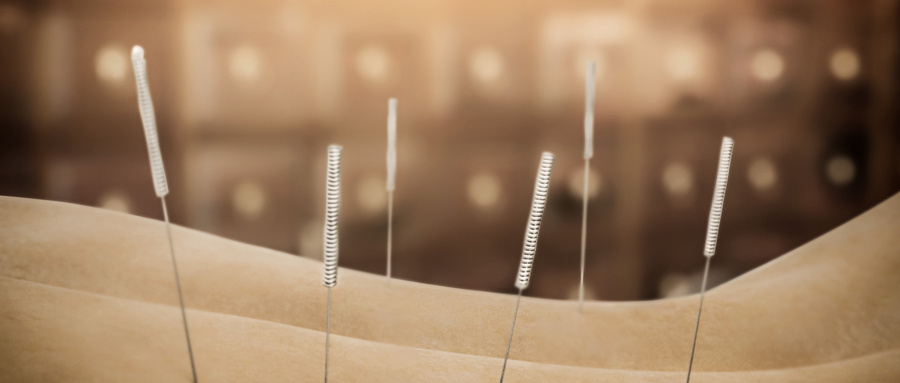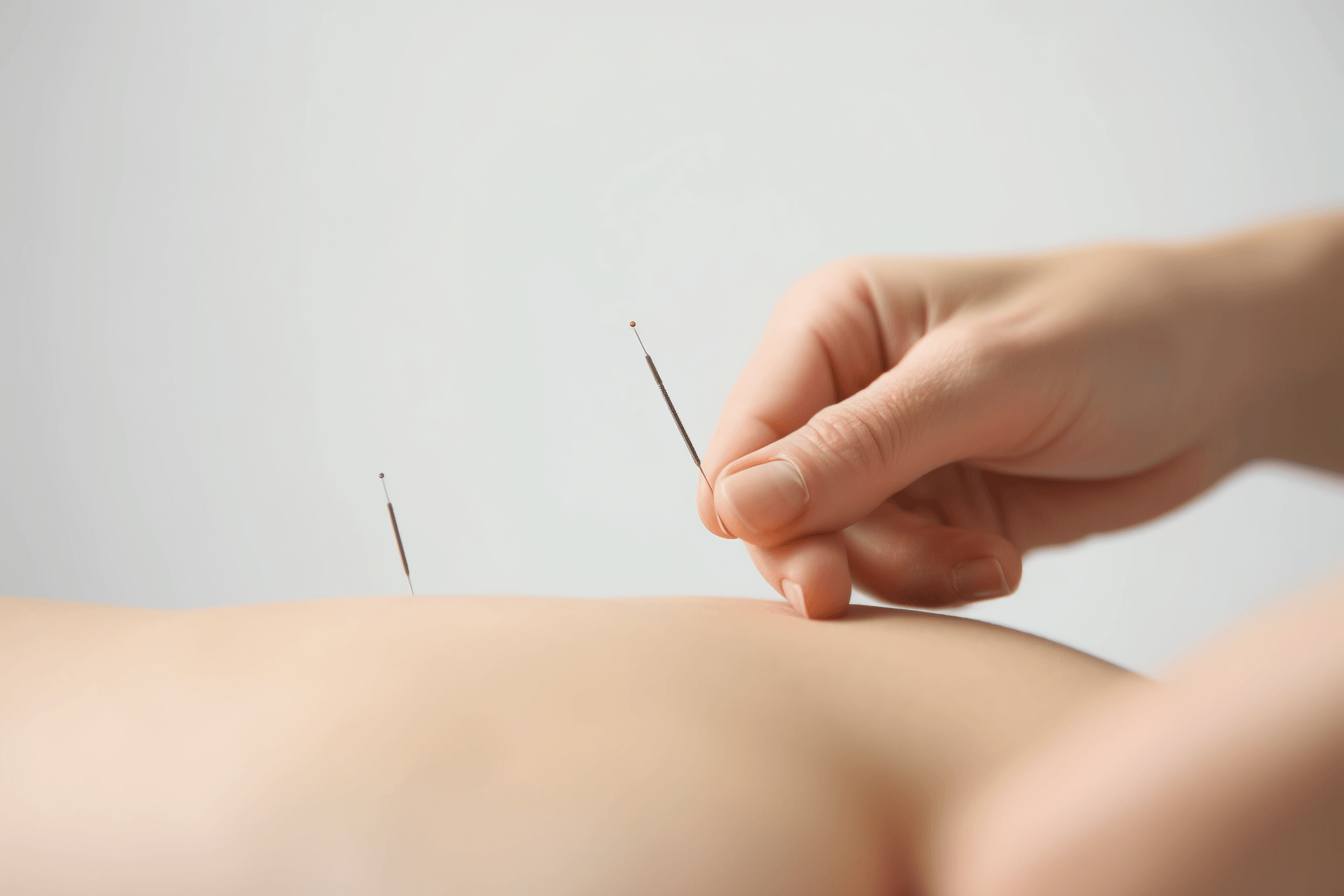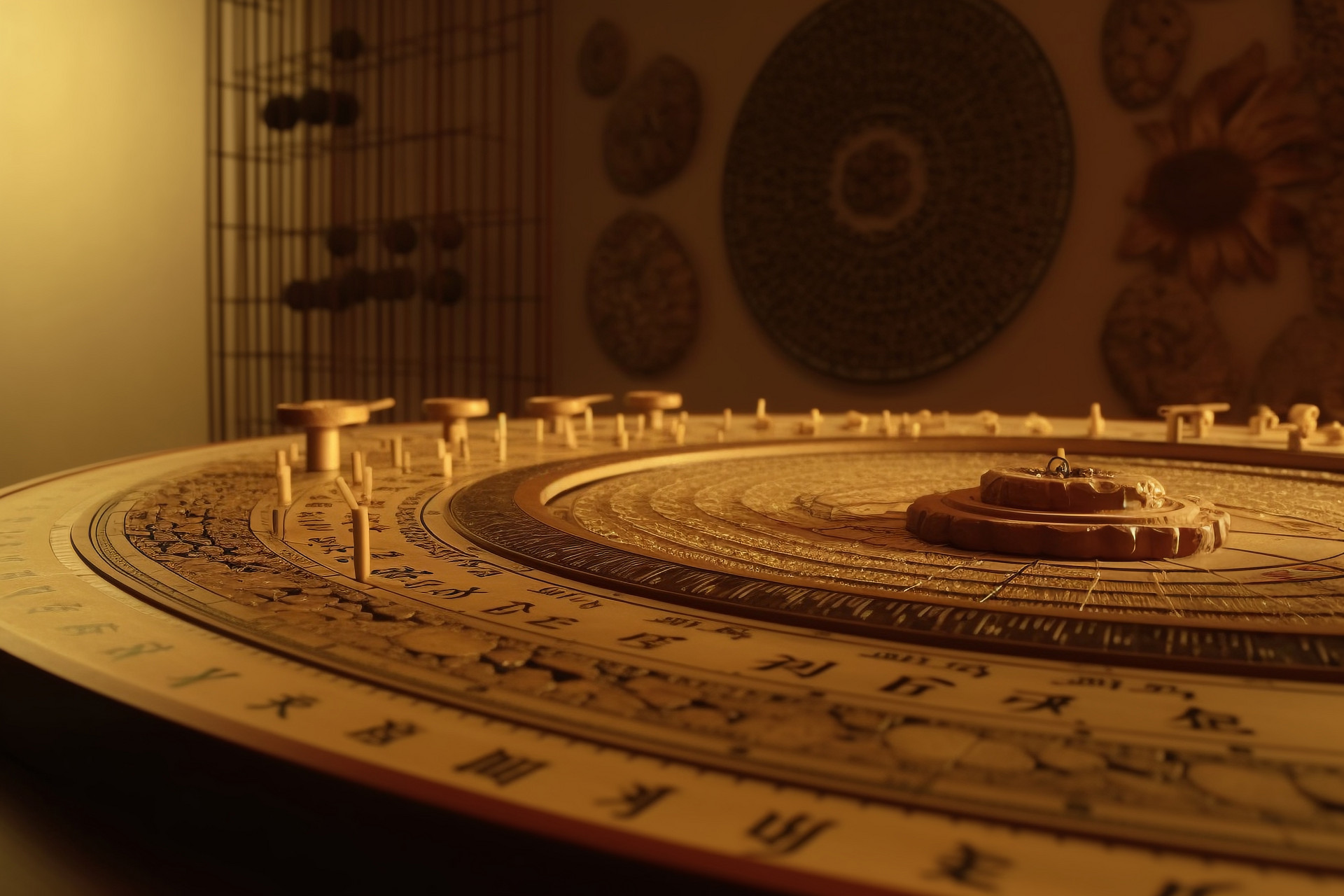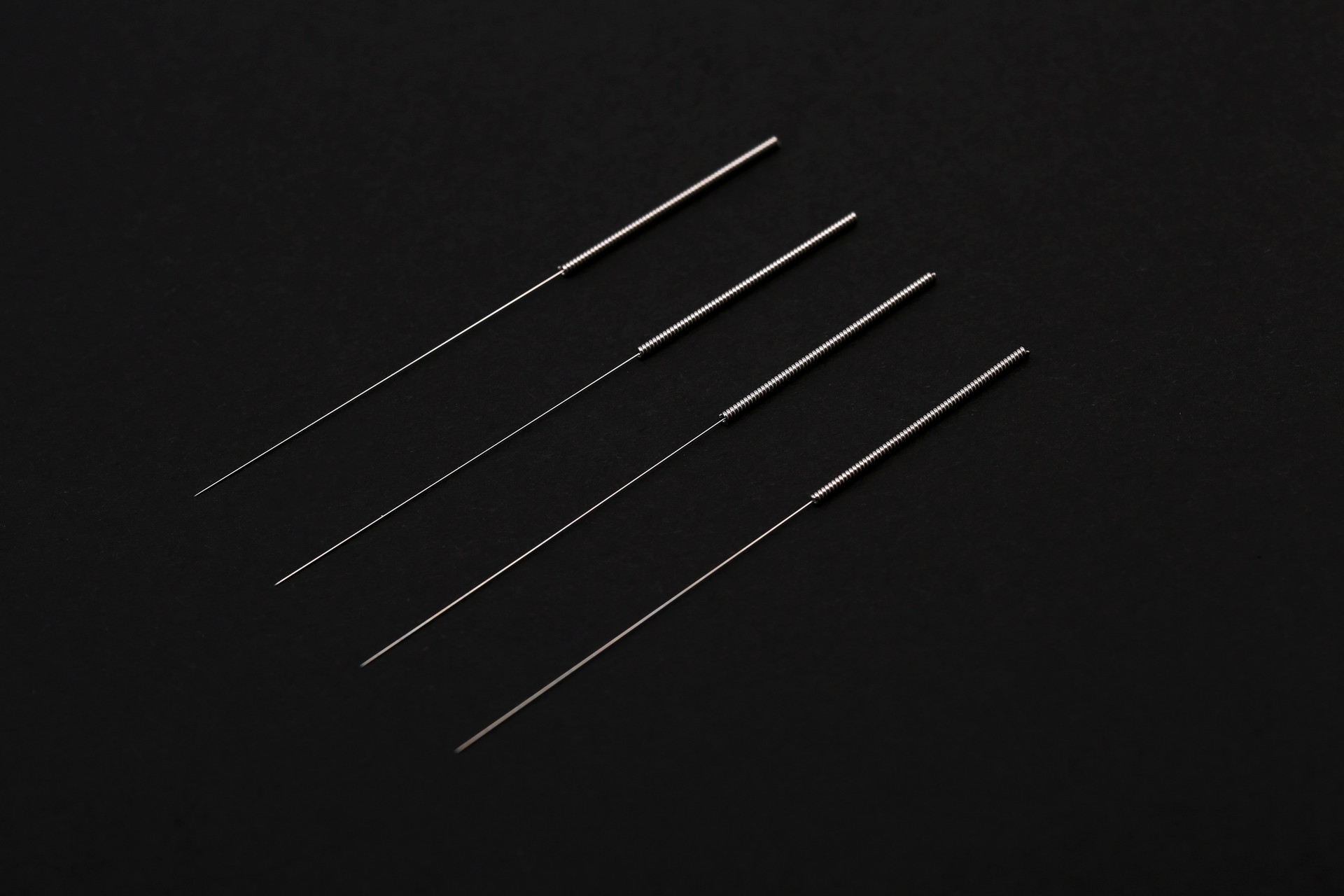Coronary heart disease has a high mortality rate in China, and traditional Chinese medicine recommends using moxibustion on the Quze acupoint to treat coronary heart disease. Quze acupoint is one of the commonly used acupoints along the Hand Jueyin Pericardium Meridian, and it has the effects of clearing heat, regulating stomach function, and detoxifying. But where exactly is the Quze acupoint located?
【Moxibustion on Quze Acupoint to Treat Coronary Heart Disease】
In a study, moxibustion was used to treat 37 patients with angina pectoris caused by coronary heart disease, and immediate therapeutic effects were obtained. The relevant indicators were measured before moxibustion, 15 minutes after moxibustion, and 5 minutes after the end of moxibustion. The local area where moxibustion was applied felt warm and comfortable, and the patients experienced relief of chest tightness and comfort in the precordial area. Heart function and other parameters also improved. Moxibustion had a certain therapeutic effect on patients with angina pectoris caused by coronary heart disease.
For patients with spasm and pain in the hands and feet, which are characterized by painful and spasmodic muscle contractions, accompanied by abnormal sensations of numbness, satisfactory therapeutic effects were achieved after acupuncture treatment.
It has an inhibitory effect on acute ischemic myocardial injury. Acupuncture on the Quze and Gepu acupoints in animals (rabbits) has an inhibitory effect on the development of acute ischemic myocardial injury, and it also inhibits the ST segment elevation in the rabbit electrocardiogram. After acupuncture, the ST segment potential value tends to naturally decrease. Compared with the control group, the Quze group had statistical significance.
【How to Locate the Quze Acupoint?】
The Quze acupoint is located in the middle of the elbow transverse lines, on the ulnar side of the biceps tendon, and is accessed with a slightly bent elbow.
The Quze acupoint is located in the anterior elbow region, above the elbow transverse lines, in the depression on the ulnar side of the biceps tendon. The palm is facing upwards, and the acupoint is accessed with a slightly bent elbow.
1. Method of locating the acupoint:
Access the acupoint with a slightly bent elbow in the anterior elbow region, above the elbow transverse lines, in the depression on the ulnar side of the biceps tendon.
2. Anatomical position:
Located on the ulnar side of the biceps tendon; where the brachial artery and vein are located; the main branch of the median nerve passes through this area, with the skin, subcutaneous tissue, median nerve, and brachialis muscle below the acupoint. The skin is innervated by the medial cutaneous nerve of the arm, and the skin lines are deeper in this area.
In addition to the aforementioned cutaneous nerve, there is also an important vein that starts from the ulnar side of the dorsal hand vein network, ascends behind the ulnar side of the forearm, turns to the front below the cubital fossa, and receives the median cubital vein at this point. It then continues upwards along the inner edge of the biceps tendon and enters the brachial vein through the deep fascia at the midpoint of the arm.
The needle passes through the skin, subcutaneous fascia, and the anterior fascia between the important vein and the median cubital vein, and directly punctures the median nerve trunk and its deep surface in the brachialis muscle. The brachialis muscle is innervated by the musculocutaneous nerve.
3. Hierarchical anatomy:
Skin → Subcutaneous tissue → Median nerve → Brachialis muscle.
The main branch of the median nerve and the brachial artery and vein are distributed in this area.


![[Moxibustion on Quze Acupoint: A Promising Treatment for Coronary Heart Disease]](https://tcmmaintenance.com/uploads/20240715/075700e08db978533ece7bc94c3ba5e0.jpg)









